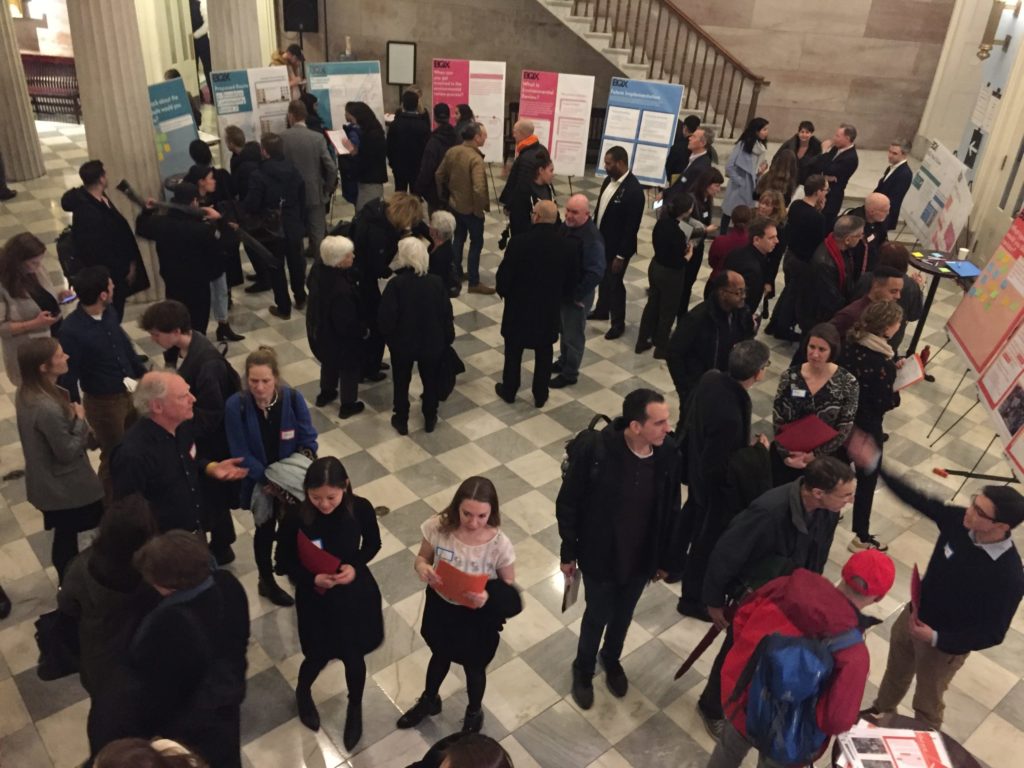City makes latest push for BQX streetcar
“If you’re going to reduce dependency on cars ... you’ve got to replace it with other options.”

City workers gathered at Brooklyn Borough Hall on Thursday to make their latest pitch for the Brooklyn Queens Connector, a proposed 11-mile streetcar line that would run along the waterfront, connecting Redhook to Astoria.
The workshop, a joint effort between the New York City Economic Development Corporation and the Department of Transportation, spanned two floors, with explanatory poster boards propped up along the walls and activities led by project workers in a separate room.
A steady stream of supporters and skeptics of the $2.7 billion streetcar plan arrived throughout the evening to probe EDC representatives about the project, which is currently running a series of public workshops as it readies to enter an environmental review phase.
